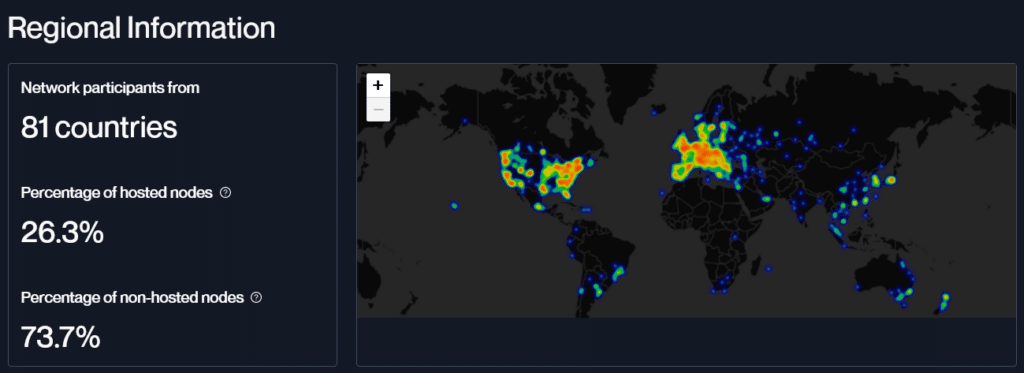Over 66,000 new validators joined Ethereum in Q1 2023

In Q1 2023, the Ethereum proof-of-stake network added 66,000 new validators, with the total count growing from 495,270 in early January to 562,236 by the end of March.
Validator count rising
Validators are critical in Ethereum, especially in network security and decentralization. They validate transactions, ensuring no invalid transactions are added to a block.
The increasing number of validators signifies that more individuals and entities are willing to participate, helping make the platform more robust and secure. This could have a bullish effect on the ethereum (ETH) price ahead of the Shanghai upgrade scheduled for mid-April.
Reports indicate that there are about 13,600 physical nodes across 81 countries. Many of them are run by home stakers, providing a high degree of resilience, decentralization, and diversity to the network.

With the total value staked on the Ethereum network having surpassed 18m ETH, it becomes increasingly difficult and costly to attack the network. For a network reorganization to occur, attackers need 51% control over Ethereum’s processing power to take over and relay new information to all nodes.
To become a validator, an individual or entity must deposit 32 ETH. Once the deposit is made, the validator earns staking rewards from the network in exchange for their services. However, staked funds are locked and cannot be accessed until the long-awaited Shanghai upgrade.
Ethereum is more decentralized
Ethereum validators started staking in 2021, soon after the launch of the Beacon Chain. Since then, their reward has steadily grown as more validators joined the network. There have been rising concerns over the “centralized” nature of the network. However, any censorship concerns have yet to materialize.
Overall, the growth of Ethereum validators is a positive development for the network, increasing decentralization. The Shanghai upgrade, which will allow withdrawals of staked ethereum, is expected to attract even more validators, potentially leading to further network decentralization and security.













